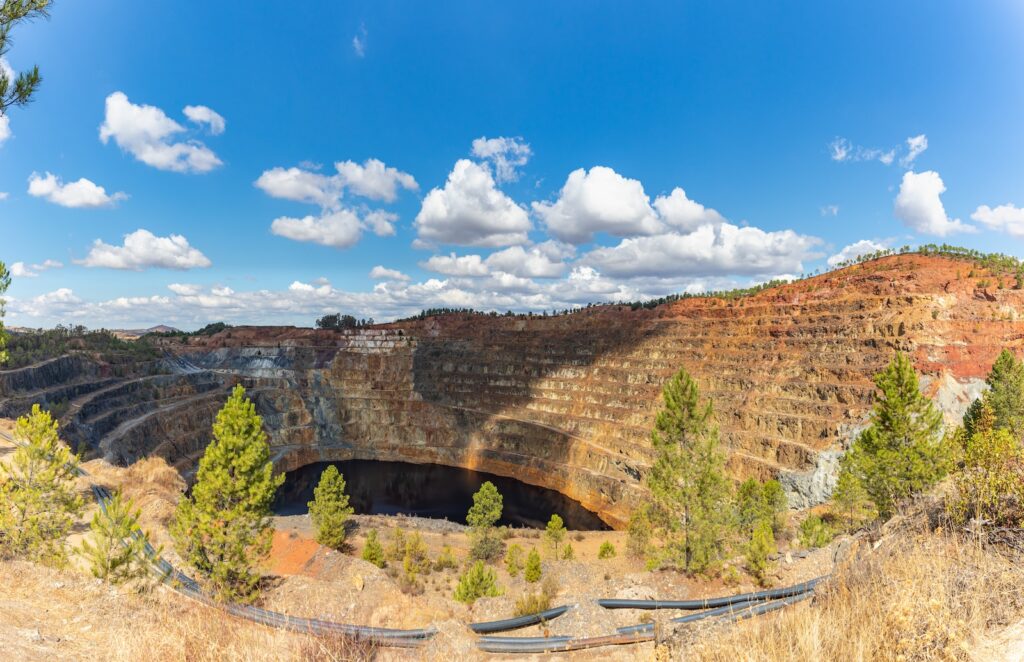Critical Materials Report: ‘Future powered by metals, fenced by iron curtains’
Allianz Trade’s analysis of investment in, ownership of and demand for vital minerals and metals reveals the deeply political nature of the renewables race.
Materials including lithium, cobalt and nickel are considered fundamental for the transition to a clean economy running on fossil fuel-free energy, from wind turbines to electric vehicles. The market has doubled in size over the past half decade, hitting $320billion in 2022, and this pattern is expected to repeat again over the next 17 years.

Allianz Trade’s Critical Raw Materials report outlines the incredible dominance some governments have over the sector. China, for example, controls 91% of magnesium and 76% of silicone metal supplies. Democratic Republic of Congo produces 60% of cobalt, South Africa 71% of platinum, while Russian output accounts for 40% of palladium, although it’s important to note many countries with high production levels have seen vast amounts of foreign investment to develop infrastructure.
Using the example of the China-Japan ‘rare metals dispute’ of 2010, when Beijing effectively banned the sale of critical raw materials to Japan amid disputes over territory, the paper outlines the vulnerability of net import states to the actions of mineral-rich powers. In one scenario, the organising and – effectively – unionising of nations to control, manipulate and disrupt market and flow have catastrophic impacts on the price and availability of essential metals, and therefore the projects they allow to be built.
Honing in on the EU, where the Critical Raw Materials Act (CRM) is designed to offer greater security in terms of access and costs, the report identifies a number of shortcomings in policy. These include a failure to understand that even with a planned increase in mining and refining within the bloc, the vast majority of rare metals and minerals activity will still take place outside its borders. As such, consumption will remain dependent on overseas territories.
For some speciality metals, such as baryte, 100% of the EU’s current consumption relies on other regions. For lithium it’s 98%, borate and bismuth are 74%. Platinum group metals and rare earth elements average out at 100 and 94% respectively. With this in mind, a number of recommendations are made. These include:
*Supporting a favourable trade-policy environment and firm investments abroad to diversify global supply chains
*Developing a more outward-looking approach and CRM Act
*Leveraging foreign investment policy
*Strengthening domestic production and recycling capabilities
In 2022, the UK published its first Critical Minerals Strategy in a bid to outline what a robust and resilient supply chain might look like in the near future. Earlier this year, the British Geological Survey published a report identifying areas of the UK suitable for critical raw minerals industries. Developed on behalf of the Critical Minerals Intelligence Centre, it represented one of Downing Street’s first major steps in the overall strategy.
Areas identified included Lock Maree, parts of the central Highlands and Aberdeenshire, Scotland, land around mid-County Tyrone, Northern Ireland, the North Pennine orefield, parts of Cumbia and south-west England, and north Wales and Pembrokeshire. An assessment is now underway by the Task & Finish Group on Critical Minerals Resilience for UK Industry, which is expected to deliver a detailed break down of which critical minerals the country needs now, and how much of them, and projections for demand in the future.
More on energy transition materials:
Limit energy transition materials to cut human and environmental cost
Nottingham Trent University embark on project to give electric vehicle batteries a ‘second life’
Image: Jordi Vich Navarro
















